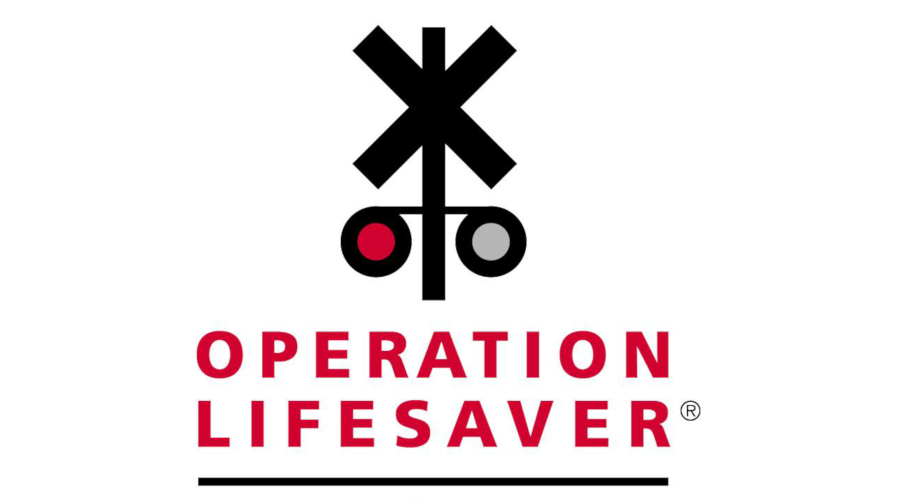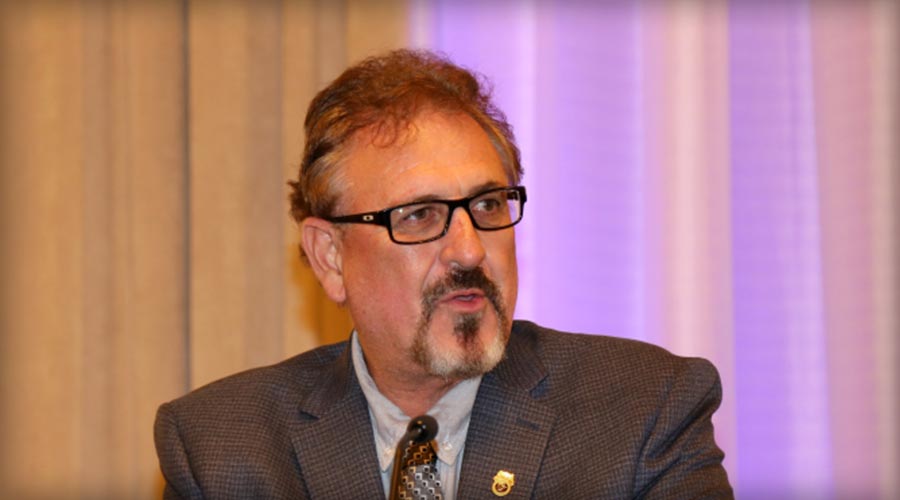Newsletter Sign Up
Stay updated on news, articles and information for the rail industry
Stay updated on news, articles and information for the rail industry
RAIL EMPLOYMENT & NOTICES
Rail News Home
High-Speed Rail
Rail News: High-Speed Rail
8/8/2011
Rail News: High-Speed Rail
Chinese rail officials need to determine HSR accident's cause quickly and transparently, U.S. observers say
advertisement
It’s been just over two weeks since two Chinese high-speed trains collided near Wenzhou, injuring 191 people and killing 40. The crash has sent the rumor mill spinning in China, with members of the public saying the system was built too quickly and safety was compromised. Although the accident report is not yet completed, Chinese officials have blamed the crash on a lightning strike that disabled one train, which another train later crashed into.
In recent years, many countries — the United States included — have pointed to China as a model for high-speed rail (HSR) development. China is investing tens of billions of dollars to add thousands of miles of additional HSR lines to its network by 2013. So how big of a blow is the accident to China’s HSR leader image? And how might it impact China’s efforts to market their high-speed expertise, products and services to other countries that are developing new systems? It depends on how Chinese officials handle the aftermath, two U.S. HSR observers say.
“We have to differentiate here between the emotional response to the situation and a logic-based response,” says Rod Diridon, executive director of the Mineta Transportation Institute. “The emotional response — when there are accusations of corruption that caused the firing of their ministry of railways and more recent problems that also have caused some executives to be discharged — is that this system is no good. But I don’t think that’s appropriate here.”
As with any new rail system, China’s Beijing-Shanghai line, which opened on July 1, needs some fine-tuning, says Diridon, who also served as a long-time board member for the California High Speed Rail Authority, and helped found and chair the American Public Transportation Association’s High-Speed and Intercity Rail Committee and the National High-Speed Rail Corridors’ Coalition. But in China’s case, that fine-tuning will be done as a result of the accident, and it’ll be accomplished under public and media scrutiny.
“We need to wait until the accident report comes in, but it sounds very much like it might be one of those peculiar anomalies that a new system has that in this case was devastating,” says Diridon. “But I don’t think it’s a reflection on the overall system.”
Neither does U.S. High Speed Rail Association President and Chief Executive Officer Andy Kunz, who believes it’s critical that Chinese officials pinpoint the accident cause as soon as possible.
“They have to solve this. My guess is it’s some kind of a signaling or control center failure, because if lightning strikes a train, that shouldn’t cause an accident,” he says. “Worst case, they lose power, but there should have been something that warned the second train or cut power to it.”
As Chinese railway officials work to determine the accident’s cause, they need to be open about the procedures they’re putting in place and how they’re working to address any problems the system might have, particularly if China wants to continue its efforts to build, operate and/or maintain HSR systems in other countries, U.S. observers believe.
“They’re going to have to prove as part of their qualification as a bidder that they have remedied all of the faults that might be identified by their accident evaluation, which is why the evaluation needs to be very transparent,” says Diridon. “If they do that, I think they can compete very effectively.”
That said, it will take some time for China to regain its standing as a HSR role model, says Kunz.
“It’s definitely a blow to the Chinese, because their plan was to put in this great system as a showcase to the world. They had a two-prong reason for doing this: one was to help their country, given the efficient mobility, reduce oil consumption and clean up the air,” he says. “But their second interest was to become an exporter of these technologies, and I think in this aspect it will harm them a lot. It will probably take a couple of years to get over this.”
Although the accident has tarnished China’s HSR image — at least for the time being — it hasn’t detracted from the country’s strong commitment to fast trains, says Kunz.
“The system is still exemplary in my eyes, for a country to get that serious and focus that much money and that much time in building this system,” he says. “For that, I commend them.”
— Angela Cotey
In recent years, many countries — the United States included — have pointed to China as a model for high-speed rail (HSR) development. China is investing tens of billions of dollars to add thousands of miles of additional HSR lines to its network by 2013. So how big of a blow is the accident to China’s HSR leader image? And how might it impact China’s efforts to market their high-speed expertise, products and services to other countries that are developing new systems? It depends on how Chinese officials handle the aftermath, two U.S. HSR observers say.
“We have to differentiate here between the emotional response to the situation and a logic-based response,” says Rod Diridon, executive director of the Mineta Transportation Institute. “The emotional response — when there are accusations of corruption that caused the firing of their ministry of railways and more recent problems that also have caused some executives to be discharged — is that this system is no good. But I don’t think that’s appropriate here.”
As with any new rail system, China’s Beijing-Shanghai line, which opened on July 1, needs some fine-tuning, says Diridon, who also served as a long-time board member for the California High Speed Rail Authority, and helped found and chair the American Public Transportation Association’s High-Speed and Intercity Rail Committee and the National High-Speed Rail Corridors’ Coalition. But in China’s case, that fine-tuning will be done as a result of the accident, and it’ll be accomplished under public and media scrutiny.
“We need to wait until the accident report comes in, but it sounds very much like it might be one of those peculiar anomalies that a new system has that in this case was devastating,” says Diridon. “But I don’t think it’s a reflection on the overall system.”
Neither does U.S. High Speed Rail Association President and Chief Executive Officer Andy Kunz, who believes it’s critical that Chinese officials pinpoint the accident cause as soon as possible.
“They have to solve this. My guess is it’s some kind of a signaling or control center failure, because if lightning strikes a train, that shouldn’t cause an accident,” he says. “Worst case, they lose power, but there should have been something that warned the second train or cut power to it.”
As Chinese railway officials work to determine the accident’s cause, they need to be open about the procedures they’re putting in place and how they’re working to address any problems the system might have, particularly if China wants to continue its efforts to build, operate and/or maintain HSR systems in other countries, U.S. observers believe.
“They’re going to have to prove as part of their qualification as a bidder that they have remedied all of the faults that might be identified by their accident evaluation, which is why the evaluation needs to be very transparent,” says Diridon. “If they do that, I think they can compete very effectively.”
That said, it will take some time for China to regain its standing as a HSR role model, says Kunz.
“It’s definitely a blow to the Chinese, because their plan was to put in this great system as a showcase to the world. They had a two-prong reason for doing this: one was to help their country, given the efficient mobility, reduce oil consumption and clean up the air,” he says. “But their second interest was to become an exporter of these technologies, and I think in this aspect it will harm them a lot. It will probably take a couple of years to get over this.”
Although the accident has tarnished China’s HSR image — at least for the time being — it hasn’t detracted from the country’s strong commitment to fast trains, says Kunz.
“The system is still exemplary in my eyes, for a country to get that serious and focus that much money and that much time in building this system,” he says. “For that, I commend them.”
— Angela Cotey


 2025 MOW Spending Report: Passenger-rail programs
2025 MOW Spending Report: Passenger-rail programs
 Gardner steps down as Amtrak CEO
Gardner steps down as Amtrak CEO
 Guest comment: Oliver Wyman’s David Hunt
Guest comment: Oliver Wyman’s David Hunt
 Women of Influence in Rail eBook
Women of Influence in Rail eBook
 railPrime
railPrime







